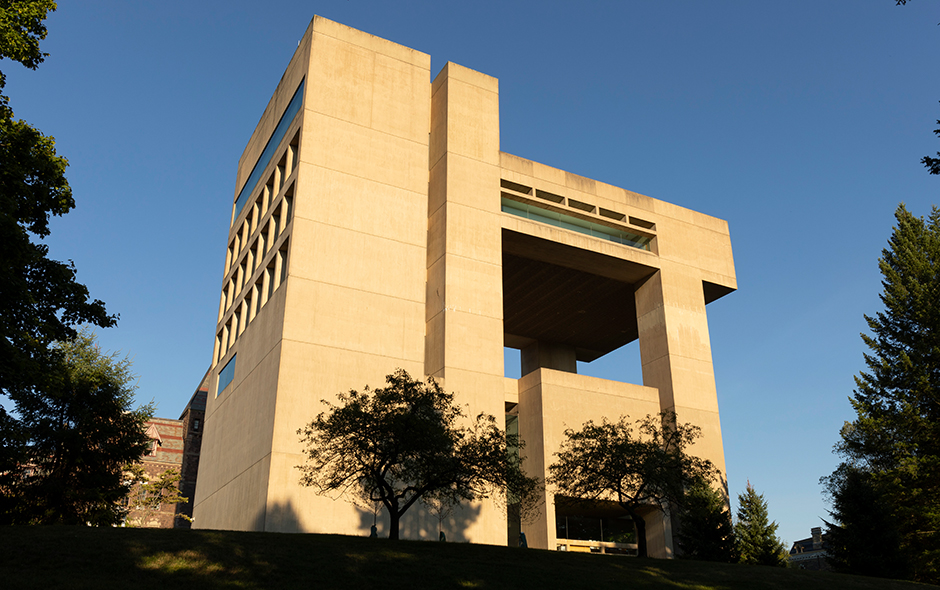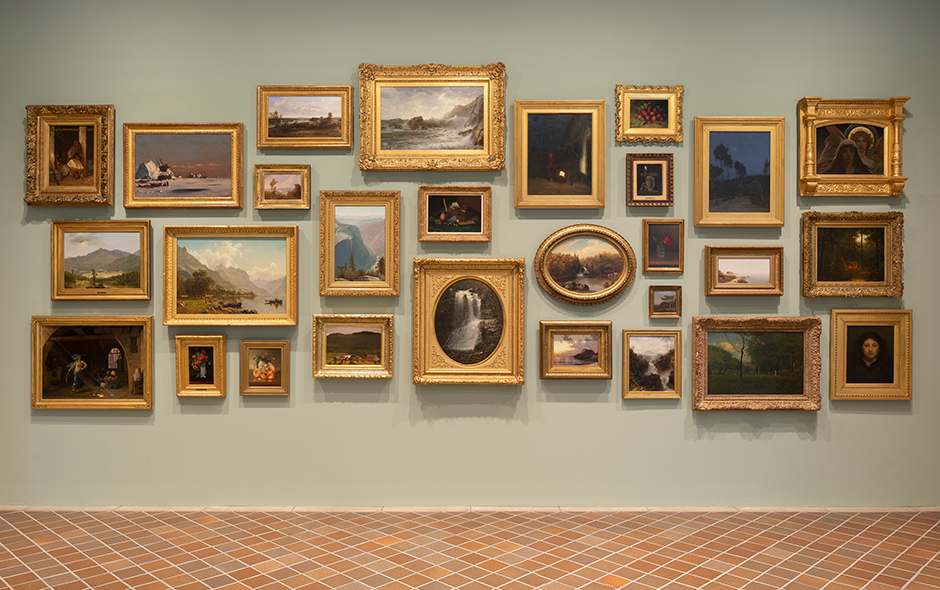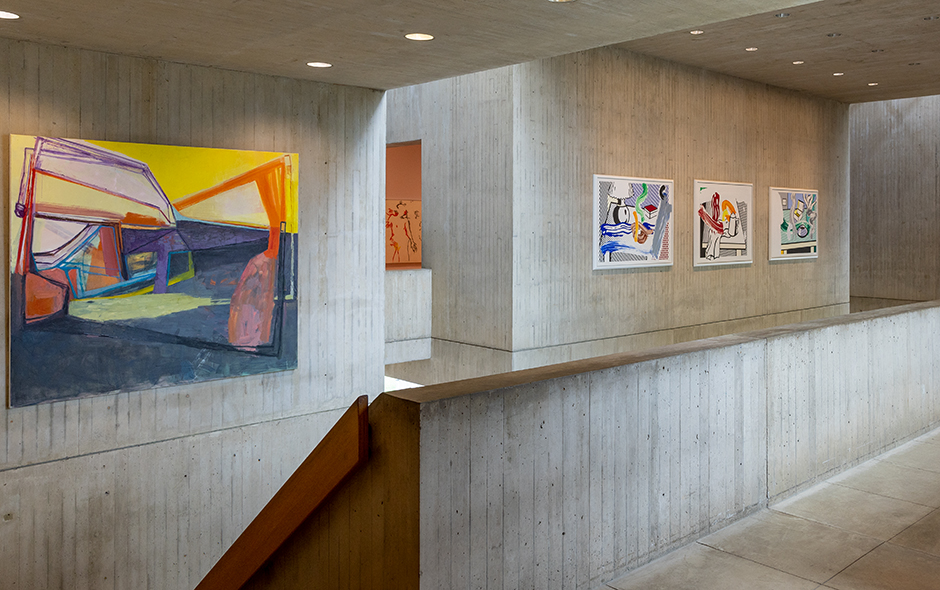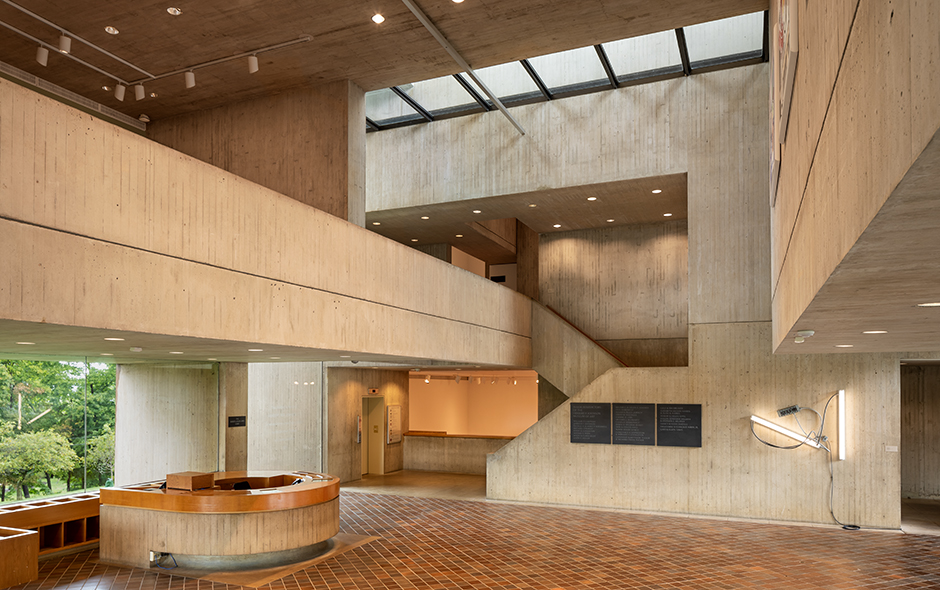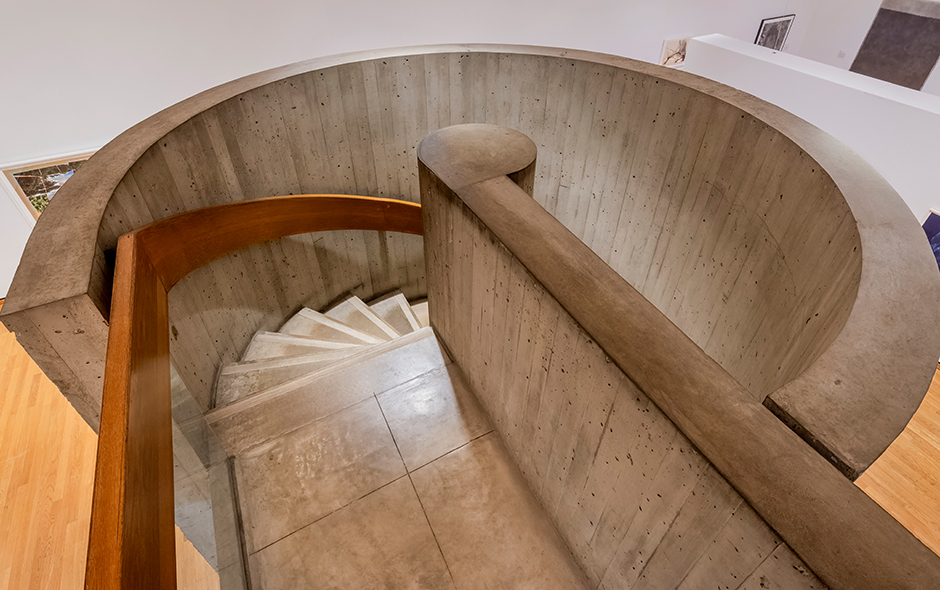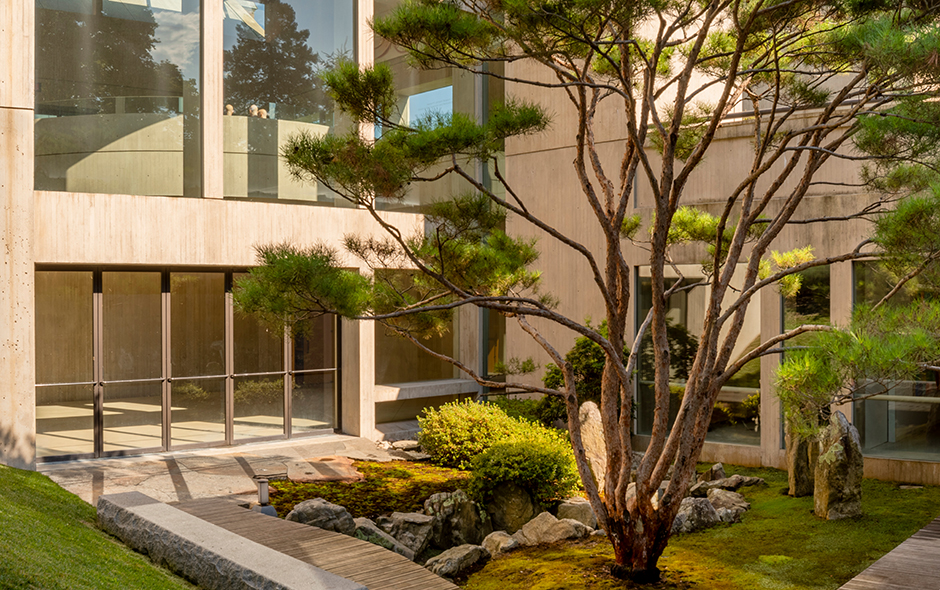
Object Details
Culture
Nigeria, Yoruba people
Medium
Wood with cowrie shells and indigo pigment
Dimensions
Height: 14 1/2 inches (36.8 cm)
Credit Line
Gift of Dr. and Mrs. Abbott A. Lippman, Class of 1929
Object
Number
86.080.001
BRIEF DESCRIPTIONThis staff finial depicts Eshu Elegba, an important deity worshipped by the Yoruba.(…)
BRIEF DESCRIPTIONThis staff finial depicts Eshu Elegba, an important deity worshipped by the Yoruba. As the divine messenger, he mediates spiritual communication. Eshu stands at the crossroads: between the earthly and spiritual world; between men and women; and between buyers and sellers in the marketplace.WHERE WAS IT MADE?This was made in Nigeria, where the Yoruba people live.HOW WAS IT MADE?These wooden staffs are carved by a sculptor with hand tools such as knives and chisels, and are accompanied by beads and leather collars. Over time, the figures accumulate strings of cowrie shells and other forms of currency from their devotees.HOW WAS IT USED?Eshu Elgeba is an unpredictable deity. A trickster who delights in causing mischief, Eshu must be placated with gifts and acts of worship. Eshu devotees dance publicly with staffs depicting the deity, asking for money in his name. WHY DOES IT LOOK LIKE THIS?Notice the cowrie shells and indigo pigment that decorate the figure. These both signify wealth given in his honor.Notice the unusual, tall hairstyle on this figure. Scholars have interpreted Eshu’s hairstyle in several ways. The extended phallus shape allows a male devotee to free his hands by hanging the sculpture from his shoulder while dancing. On a symbolic level, the tiny gourds that dot the crest of the hairdo reference the powerful medicines used by Eshu Elegba and the second face at the tip of his hair suggests his contradictory nature. The phallic shape in general is not associated with procreation, but with his masculine strength and wild energy. Look at the left shoulder and you will see the sculptural remains of a flywhisk, once held in Eshu’s left hand. This implement is symbolic: the Yoruba king, the oba, has a flywhisk among his regalia. To see a Yoruba flywhisk handle in the Johnson Museum’s collection, search for object number 87.051.002 in the keyword search box.To see another staff finial of Eshu Elegba in the Johnson Museum’s collection, search for object number 91.099.004 in the keyword search box.



